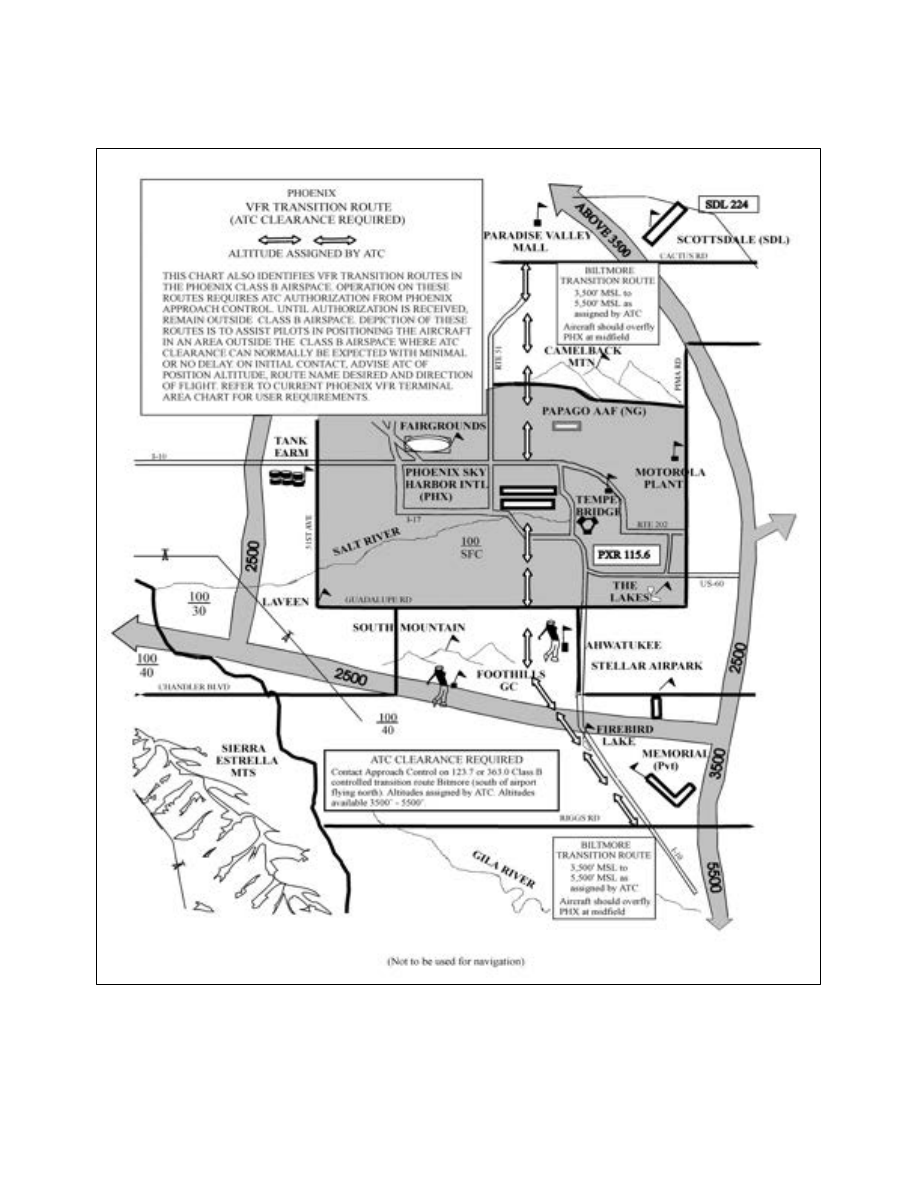
AIM
4/20/23
2
−
3
−
13. Runway Distance Remaining Signs
Runway distance remaining signs have a black background with a white numeral inscription and may be installed
along one or both side(s) of the runway. The number on the signs indicates the distance (in thousands of feet)
of landing runway remaining. The last sign (i.e., the sign with the numeral “1”) will be located at least 950 feet
from the runway end. FIG 2
41 shows an example of a runway distance remaining sign.
FIG 2
−
3
−
41
Runway Distance Remaining Sign Indicating 3,000 feet of Runway Remaining
3
2
−
3
−
14. Aircraft Arresting Systems
a.
Certain airports are equipped with a means of rapidly stopping military aircraft on a runway. This
equipment, normally referred to as EMERGENCY ARRESTING GEAR, generally consists of pendant cables
supported over the runway surface by rubber “donuts.” Although most devices are located in the overrun areas,
a few of these arresting systems have cables stretched over the operational areas near the ends of a runway.
b.
Arresting cables which cross over a runway require special markings on the runway to identify the cable
location. These markings consist of 10 feet diameter solid circles painted “identification yellow,” 30 feet on
center, perpendicular to the runway centerline across the entire runway width. Additional details are contained
in AC 150/5220
−
9, Aircraft Arresting Systems for Joint Civil/Military Airports.
NOTE
−
Aircraft operations on the runway are not restricted by the installation of aircraft arresting devices.
c. Engineered Materials Arresting Systems (EMAS)
. EMAS, which is constructed of high
energy
−
absorbing materials of selected strength, is located in the safety area beyond the end of the runway.
EMAS will be marked with yellow chevrons. EMAS is designed to crush under the weight of commercial aircraft
and will exert deceleration forces on the landing gear. These systems do not affect the normal landing and takeoff
of airplanes. More information concerning EMAS is in AC 150/5220
−
22, Engineered Materials Arresting
Systems (EMAS) for Aircraft Overruns.
NOTE
−
EMAS may be located as close as 35 feet beyond the end of the runway. Aircraft and ground vehicles should never taxi or
drive across the EMAS or beyond the end of the runway if EMAS is present.
Airport Marking Aids and Signs
2
−
3
−
34